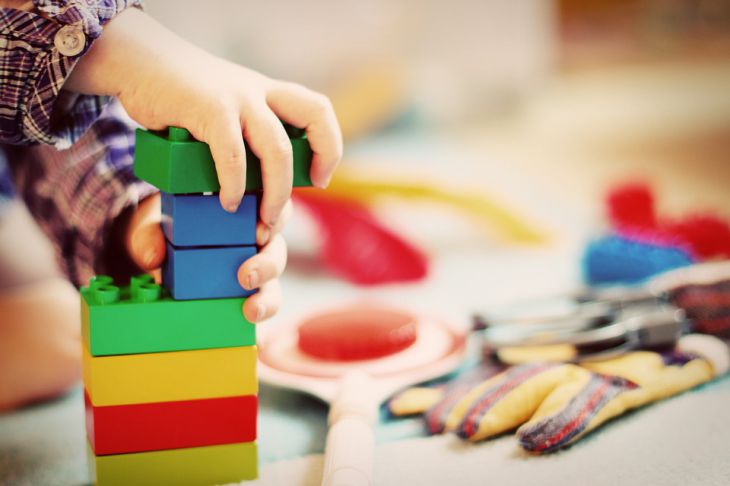Throwing Toys for No Reason: Why Kids Do It and What Parents Need to Know
Today we will talk about why children throw toys. We will figure it out with our expert Tatyana Larye.
Tatyana, tell us why this might be happening.
First of all, remember one very important rule!
Children are naturally very curious, they may break toys in order to learn about the world, and that's okay!
Toys should be bought specifically for the purpose of exploring the world in different ways, including taking toys apart.

If you are worried about your child breaking expensive toys, just don't buy them. Choose cheap analogues.
Let's get back to throwing.
In order to develop the right behavior tactics, you need to find the reason why the child throws toys. And these reasons, as a rule, are 4.
- There are few play skills when a child does not know how to play with a toy, it is too complicated for him. And he throws it because he knows how to throw. But he does not know what else to do with it.
- Inability to invite someone to play. That is, for example, a child wants to play with someone, but does not know how to involve a parent or another person in the game. Thus, he simply draws attention to himself.
- When the child is simply tired of this toy and throws it away out of boredom. Here you can temporarily remove this toy from the child's field of vision, and after a couple of weeks take it back to a visible place.
- When this toy breaks and he doesn't understand how to fix it, he will throw it too.
This behavior is normal for children! And our task will be to determine the reason for this behavior and provide the necessary tool for working through these actions.
Tatyana, can you give examples of how this can be done?
Let's say a child has little play skills. They were given a dollhouse or a train, they played with them as best they could, and then BAM, BOOM - and it all flies and breaks.
In order for a child to be able to play with such toys, he needs to be taught how to do so.
That is, the child initially does not know how to play and he needs to be taught this, like other skills?
Yes, it is! Many people think: "How can you teach a child to play? He is a child, he should be able to do it himself."
This is a misconception. The child really needs to be taught to play!
By the age of 3, a child's brain matures to the point where it can engage in role-playing games. But these games also need to be taught, because the simplest game skill for a child is to destroy.
We can take very short plot options. For example, if it is a train, then play a mini-game (put something in it, bring it, and at the other end mom unloads and builds, etc.). Then the child will have one small brick of the foundation of plot games. Then you offer another version of the game with the train. The more options you offer and show, the easier it will be for the child to play later on. He will subconsciously choose a game from several simple options and then compose more complex plots himself.
What should you do if your child’s toy breaks and he throws it?
When a child's toy breaks or doesn't work, he throws it away and is no longer interested in it. This can also cause negative emotions. Including the method of talking through emotions and experiencing anger will be useless, because even without you at 3 years old he understands that he is upset and freaking out.
It is necessary to help the child learn to solve the problem in a playful way. This is the first thing - to teach him to approach the parent and ask to fix it. The second thing is to try to fix it yourself if the child has enough skills to do it together with you (for example, a wheel fell off the car).
In this way, we cultivate a normal attitude towards this process in the child. That the problem can be solved and the child even has several ways to do it. And if it can be solved, then there will be no need to get upset, angry or throw toys.
There may be more than one such approach, the child will not immediately understand that he needs to go and ask to fix it. Do not be upset if the child does not understand the principle the first time. Repeat the behavior options as many times as necessary.
The parent's job in these cases is not to help the child cope with stress, but to help him not experience this stress by knowing how to solve the problem in several ways.
Tatiana, thank you for the useful information!
